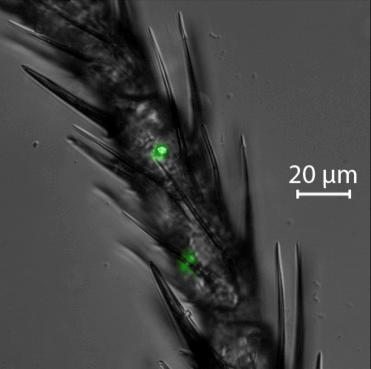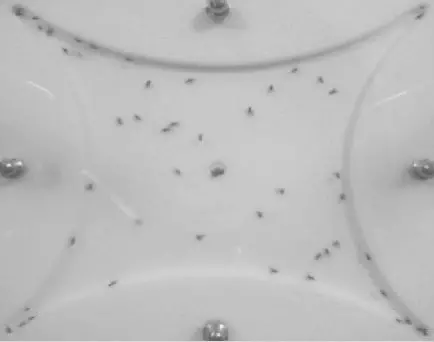Yeast is responsible for a large part of the flavours in beer. Once the brewers are done preparing the wort it’s the yeast’s turn to start working on converting the sugars present into alcohol and aroma compounds. A fantastic discovery of a natural proces many millions of years older than beer. But then the question is, why would yeast do this? Nothing happens in nature which doesn’t confer any evolutionairy benefits somewhere down the line. So what advantage does yeast gain by using fermentation to create alcohol and a nice smell?
Fermentation
Fermentation is a biochemical proces in which sugars are converted into other molecules. For the real biologists this has an added condition of happening in absence of oxygen. This is a versatile process which is not only used to make beer but also many other food products such as cheese, bread, kimchi, tofu, and all alcoholic beverages. But it’s also used for medical and industrial applications such as the producties of biofuels or insulin. Yeast (Saccharomyces) is one of the most commonly used microbes because it’s especially amenable to fermentation. Even in the presence of (a little bit of) oxygen it prefers to use fermentation to get it’s energy. Even though using oxygen for aerobic metabolism yields 16 times as much energy per sugar molecule. Yeast does this because fermentation is faster than aerobic metabolism and it can thereby quickly eat all the available food. Other microbes present are then starved allowing yeast ot establish dominance. In order to eat efficiently in the long term, yeast creates so called storage compounds such as diacetyl. After all sugar has been consumed it uses this to slowly convert it into more energy. Diacetyl tastes buttery, which is why that’s a characteristic flavour of very young beer.
Alcohol
One of the main products of fermentation is obviously alcohol. Yeast also makes this in order to compete with other microbes. Just like you would use rubbing alcohol to desinfect your hands, yeast uses it to kill other microbes. Yeast naturally has a higher tolerance for alcohol than many other microbes. Nevertheless beyond 15% abv even yeast starts to suffer and concentrated rubbing alcohol is enough to kill yeast as well.
Aromas
Why yeast makes flavour/aroma is a more complex story of which we don’t know all the details just yet. Research at KU Leuven has however given us several clear indications. Simply put yeasts makes these aromatic compounds because they smell nice. But not necessarily to humans as much as to insects.
Yeast, a single-celled microbe about a few micrometers in diameter, is not very mobile and not really capable of dispersing itself. When yeast finds itself in a location lacking in food it can’t really get up and move somewhere else. To aid in moving it attracts help from insects. Fruit flies are an easy vector as they travel from sugar-rich fruit to sugar-rich fruit. The research showed yeast is very capable of hitching a ride on the legs of fruit flies.

But yeast also plays an active role in attracting fruit flies by making volatile aromatic compounds. In orde to make these fruity aromas (esters) it needs a certain gene, atf1. The Belgian researchers made a modified yeast lacking this gene (atf1-) which was therefore incapable of making fruity esters. As you can see in the movie
below they let some fruit flies walk around a closed chamber.

At some point small holes in the corners of the chamber are opened
at one end leading to aromatic yeast (WT yeast) and at the other end non-aromatic yeast (atf1- yeast). As soon as this happens the fruit flies swarm towards the pleasant fruity smell. When moments later the holes are closed they once again spread across the entire chamber. Yeast tastes and smells good because it is how it tries to hold it’s thumb up to hitch a ride to the next location with more food. In the end brewers do exactly that by moving yeast from the sugar-rich wort of one beer to the next.
As far as we’re concerned that definitely deserves a thumbs up!
References:
http://dx.doi.org/10.1016/j.celrep.2014.09.009